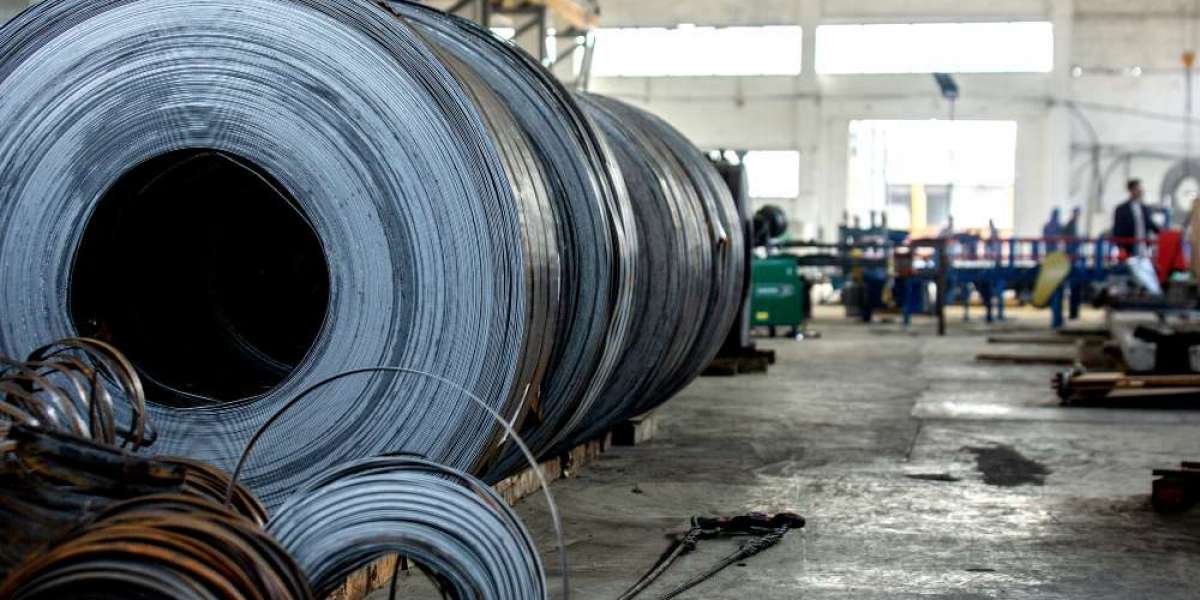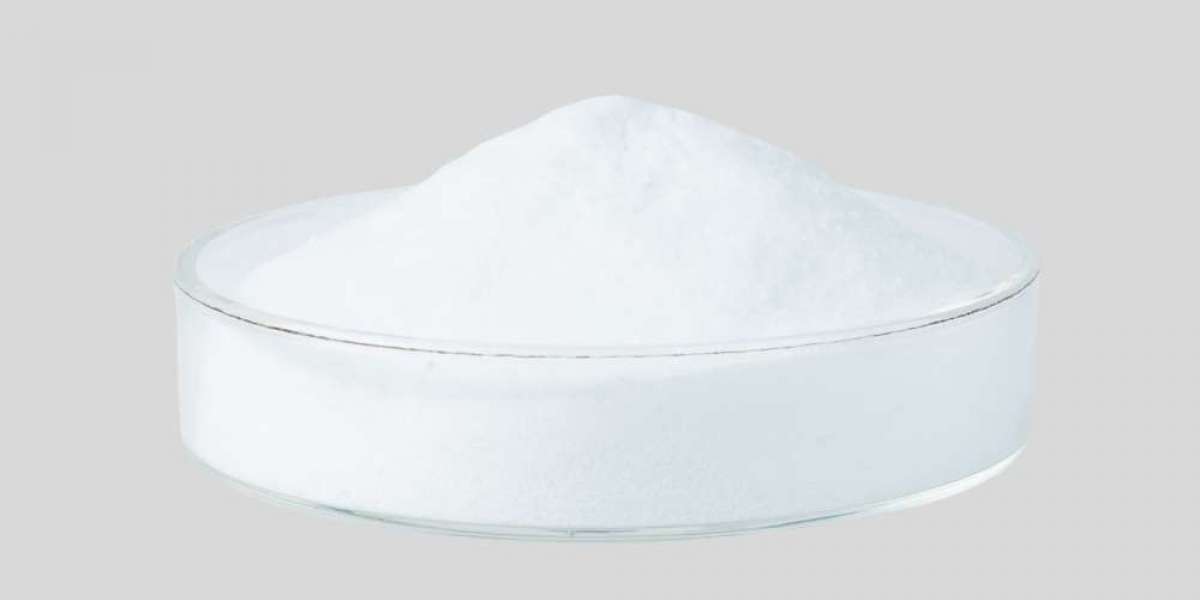Hot rolled steel (HRS) has become a foundational material in structural fabrication due to its high durability, strength, and affordability. The unique hot rolling process produces steel with characteristics that make it ideal for structural applications, especially in construction, manufacturing, and heavy industry. Here’s why hot rolled steel is highly preferred in structural fabrication.
Strength and Durability
One of the primary reasons hot rolled steel is used extensively in structural fabrication is its remarkable strength. During the hot rolling process, steel is heated above its recrystallization temperature, making it more malleable. This allows the steel to be shaped into larger and thicker sections that are well-suited for structural applications, such as beams, columns, and frames, where load-bearing capacity is crucial. This strength also translates into durability, as hot rolled steel structures can withstand significant pressure, weight, and environmental stressors.
Cost-Effectiveness
Hot rolled steel is generally less expensive than cold rolled steel, mainly because of the simpler manufacturing process. When steel is hot rolled, it can be processed more quickly, allowing manufacturers to produce it in large quantities at a lower cost. This affordability makes it an attractive option for builders and manufacturers who need large amounts of steel for their projects without stretching their budgets. Additionally, because hot rolled steel typically comes in larger sizes, it reduces the need for additional material, saving both time and money.
Malleability and Ease of Work
The high-temperature process of hot rolling makes the steel more malleable, which is particularly beneficial in fabrication. Hot rolled steel can be easily formed into various shapes and sizes, offering flexibility in design for structural applications. Its malleability makes it easier to weld, cut, and drill, allowing fabricators to adapt it to the specific requirements of each project. This adaptability enables structural engineers to design complex structures without compromising the material’s structural integrity.
Ideal for Heavy-Duty Applications
Hot rolled steel is known for its capacity to withstand heavy loads and extreme conditions, making it a staple in industries that demand durability, such as construction and transportation. For instance, structural components like I-beams, H-beams, and channels are frequently made from hot rolled steel. These elements serve as the backbone of buildings, bridges, and industrial facilities where stability and resilience are essential. Moreover, hot rolled steel performs well in high-stress environments, making it ideal for projects that need materials capable of withstanding heavy wear and tear.
Availability in Larger Sizes
HRPO sheet is often produced in larger sections than its cold rolled counterpart, which is a significant advantage for structural applications. These large steel sections can support more weight and span greater distances, which reduces the number of components required in a structure. For builders, this translates to faster assembly, reduced material usage, and simplified design, ultimately leading to lower project costs and quicker construction timelines.
Enhanced Safety and Stability
Due to its strength and size, hot rolled steel enhances the safety and stability of structures. When used as a structural component, it adds robustness, improving the overall safety of the construction. This stability is essential for buildings, bridges, and other structures where structural integrity is non-negotiable.
Hot rolled steel’s combination of strength, affordability, malleability, and availability in large sizes makes it a preferred choice in structural fabrication. Its properties meet the rigorous demands of the construction and manufacturing industries, ensuring safety, durability, and cost-efficiency. For any structural project that requires reliable and robust materials, hot rolled steel remains a go-to choice.








